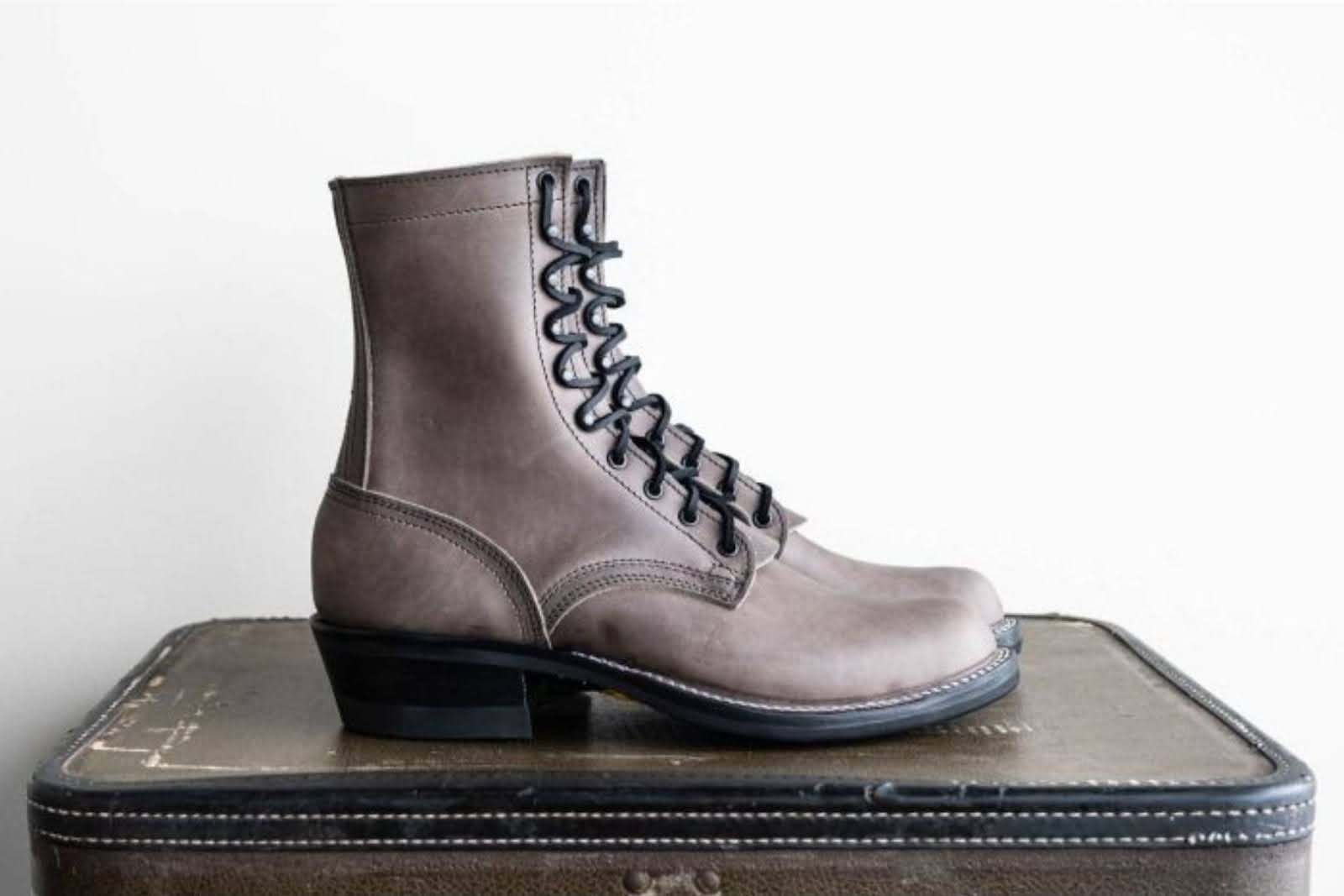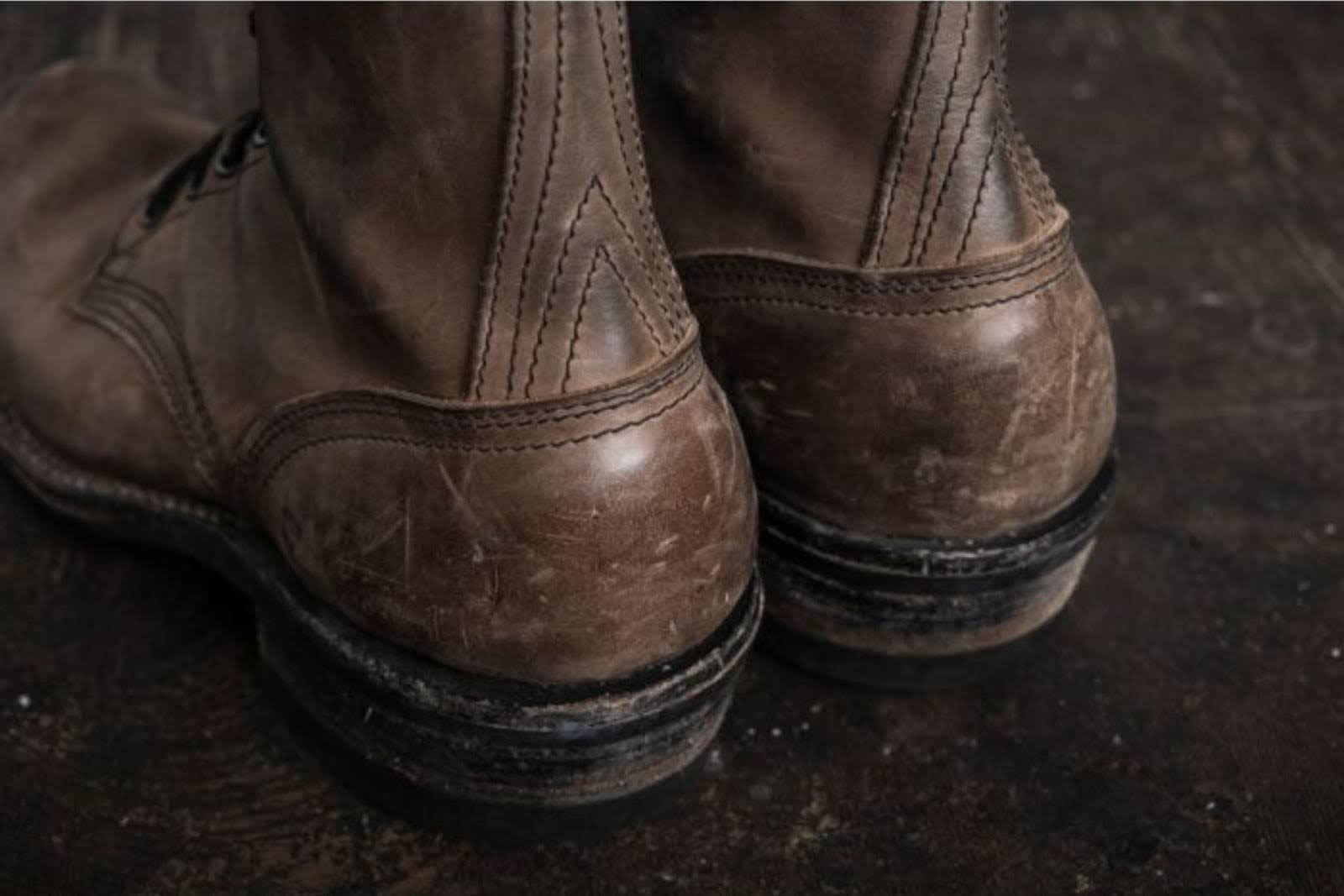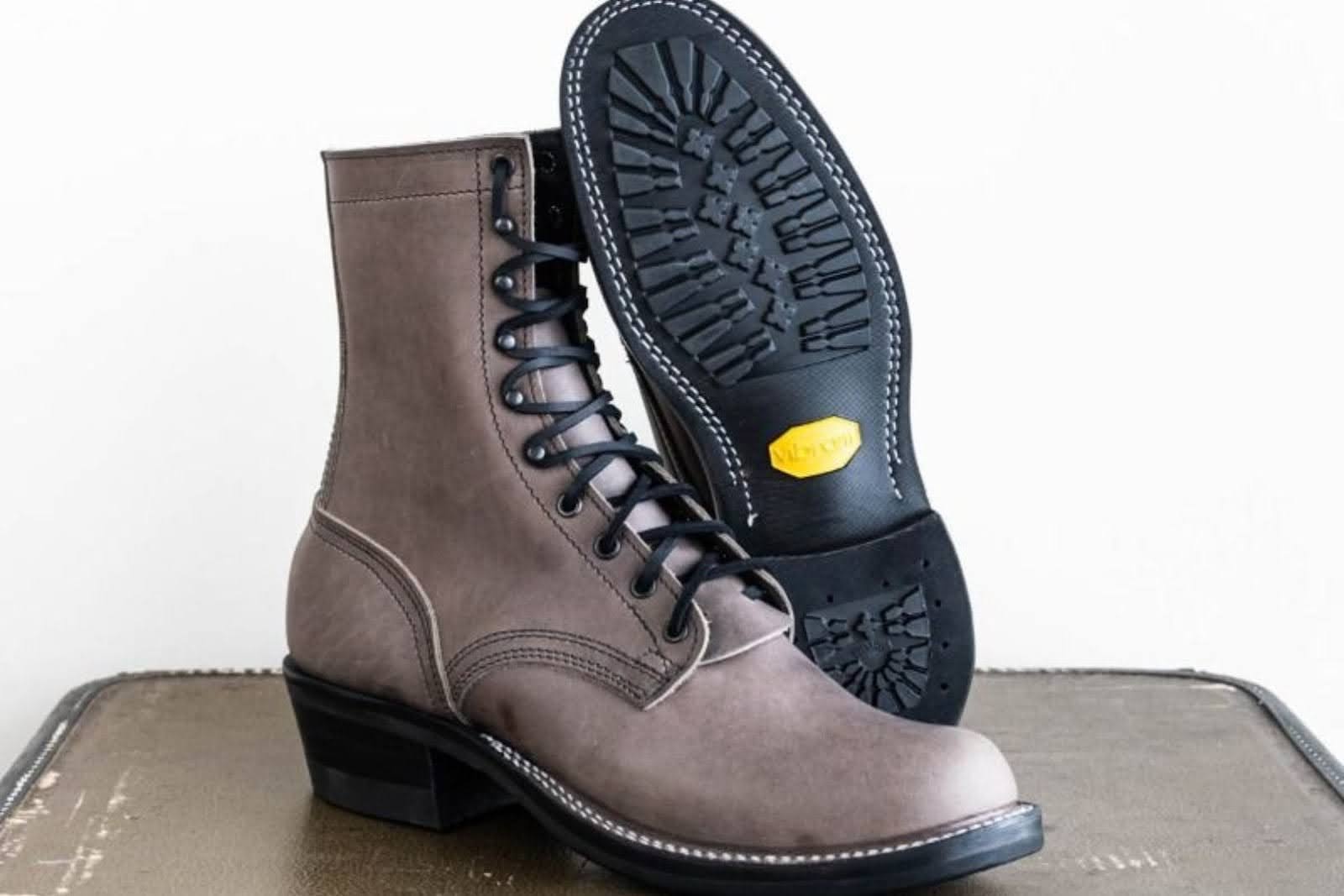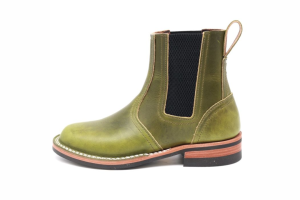What Is A Steel Shank In A Work Boot?

Key Takeaways:
- Core Support And Protection: Steel shanks in boots provide essential support for the arch, protect the foot from punctures, and ensure stability on rough terrain.
- Quality Matters: When choosing steel shank boots, look for indicators of quality such as premium materials, solid construction, and a reputable manufacturer like Nicks Boots.
- Investment In Durability: Selecting boots with steel shanks is an investment in long-term durability, safety, and comfort, vital for demanding work environments or outdoor activities.
Steel shanks are a critical component in work boots, providing support and stability to the wearer. They are typically located between the insole and outsole of the boot, running underneath the arch of the foot. The primary purpose of a steel shank is to prevent the boot from bending too much in the middle.
Benefits Of Steel Shanks
By distributing weight and pressure evenly across the foot, steel shanks reduce the risk of foot fatigue and discomfort. This is particularly so when working long hours on challenging surfaces. Whether you work in construction, landscaping, manufacturing, or any other physically demanding job, the presence of a steel shank in your work boots can make a noticeable difference in your comfort and overall well-being.
The added support can also help prevent injuries by minimizing the strain on the feet, ankles, and lower back. Additionally, steel shanks offer protection from punctures and sharp objects that may be present in the work environment. These shanks act as a barrier between the ground and the sole of the foot, reducing the likelihood of injuries caused by stepping on nails, glass, or other hazardous materials.
While steel shanks provide excellent support and protection, they can add weight to the boots. It's essential to consider the balance between the benefits of a steel shank and the overall comfort of the footwear, especially if you are required to be on your feet for extended periods.
When choosing work boots with steel shanks, ensure that they fit properly and offer adequate support for your specific needs. Properly maintained steel shanks can significantly extend the life of your work boots and help you stay safe and comfortable on the job.
Why Steel Shanks Matter: Enhanced Support And Stability
Increased Stability On Challenging Surfaces
In addition to support, steel shanks also contribute to the stability of work boots. The rigid nature of steel prevents the sole of the boot from flexing too much, thus offering more stability on uneven terrain or slippery surfaces. This added stability can provide a solid foundation for tasks that require balance and coordination.
Extended Durability For Maximum Value
Furthermore, steel shanks enhance the longevity of work boots. They prevent work boots from breaking down prematurely. By reinforcing the structure of the boot, steel shanks help to maintain its shape and integrity over time, ensuring that you get the most out of your investment. If you prioritize comfort and safety in your work environment, opting for steel shank boots is a smart choice.


How Steel Shanks Are Integrated Into Work Boots
Integration Process Of Steel Shanks
During the production of work boots, steel shanks are carefully inserted into the midsole of the boot. This placement is strategic. It helps evenly distribute weight and pressure across the foot.
Customization For Comfort And Protection
Steel shanks are often molded or shaped to fit the curvature of the foot arch. This enhances their supportive capabilities. This customization ensures a comfortable fit and optimal performance for the wearer.
Evaluating The Comfort Level Of Steel Shank Work Boots
Key Factors To Consider
To evaluate the comfort level of steel shank work boots, consider factors such as the material of the shank, the boot's overall design, and the quality of the insole. Opt for boots with a well-positioned steel shank that aligns with the natural arch of your foot. This will minimize pressure points and discomfort.
Enhancing Comfort
Additionally, look for work boots with cushioned insoles or removable footbeds that offer adequate padding and support. Memory foam or gel inserts can further enhance comfort. They contour to the shape of your foot and provide extra cushioning where needed.
Weight And Breathability
Lightweight yet sturdy shanks are preferable for all-day wear. Furthermore, consider the breathability of the work boots to prevent moisture build-up and discomfort. Boots with moisture-wicking linings or breathable materials can help keep your feet cool and dry, enhancing overall comfort levels.
While steel shanks are essential for stability and protection in work boots, evaluating and selecting boots with features that prioritize comfort can make a significant difference in your daily work experience.


The Impact Of Steel Shanks On Work Boot Flexibility
Flexibility vs. Safety
The inclusion of a steel shank in a work boot often results in a trade-off between flexibility and safety. The stiff nature of a steel shank provides much-needed arch support and prevents the boot from bending in ways that could cause injuries. However, this stiffness can also limit the boot's overall flexibility, potentially impacting range of motion.
Considerations For Work Environments
For individuals working in environments that require frequent bending, squatting, or climbing, the reduced flexibility of steel shank boots may prove to be a hindrance. Activities that demand a wide range of motion in the ankle and foot can feel restrictive when wearing boots with rigid steel shanks.
In such cases, opting for boots with composite shanks or other materials that offer a balance between flexibility and support may be more suitable. Despite the potential limitations on flexibility, the trade-off for increased protection and stability is often deemed worthwhile in hazardous work settings.
Ultimately, the impact of steel shanks on work boot flexibility will vary depending on individual preferences and job requirements. By understanding the benefits and limitations of steel shanks, individuals can make informed decisions when selecting the most suitable work boots for their needs.
Care And Maintenance Of Steel Shank Work Boots
Cleaning Regularly
Dirt, mud, and grime can build up on your work boots, affecting their appearance and performance. To clean your steel shank boots, simply wipe them down with a damp cloth regularly. For tougher stains, use a brush or mild soap to scrub the affected areas gently.
Drying Properly
After getting your work boots wet, make sure to dry them properly to prevent any damage. Avoid exposing them to direct heat sources like radiators or dryers, as this can cause the leather to crack or the steel shank to weaken. Instead, stuff your boots with newspaper to absorb moisture and allow them to air dry naturally.
Conditioning The Leather
Leather work boots require regular conditioning to stay supple and water-resistant. Invest in a high-quality leather conditioner and apply it to your boots following the manufacturer's instructions. This will help prevent the leather from drying out and cracking over time.
Inspecting For Wear And Tear
Periodically inspect your steel shank work boots for any signs of wear and tear. Look for cracks in the leather, loose stitching, or a worn-out sole. Addressing these issues promptly can help prevent any further damage and extend the life of your boots.
Storage
When not in use, store your steel shank work boots in a cool, dry place away from direct sunlight. Avoid leaving them in damp or humid environments, as this can promote mold growth and cause the leather to deteriorate.
Final Thoughts
Investing in high-quality work boots with a steel shank can make a significant difference in the overall performance and well-being of workers in various industries. Whether you are standing all day on hard surfaces, navigating uneven terrain, or operating heavy machinery, having a steel shank in your work boots can enhance your safety and productivity.
As you shop for work boots, remember to look for the steel shank feature and ensure that the boots fit comfortably and securely. Prioritizing the presence of a steel shank along with other important safety features will not only provide peace of mind but also contribute to a more efficient and enjoyable work experience.
Stay informed, stay protected, and choose Nicks Boots steel shank work boots to step confidently into any work environment with reliable support and protection.
Read also:
Frequently Asked Questions
What is a steel shank in a work boot?
A steel shank is a thin piece of steel that is inserted between the insole and outsole of a work boot. Its primary function is to provide stability and support to the arch of the foot, making it an essential feature for many types of work boots.
Why do work boots have steel shanks?
Work boots have steel shanks to fortify the boot's structure, provide arch support, and offer protection to the foot. They are especially beneficial in environments where workers are on their feet all day or where they must navigate uneven or rugged terrains, helping to prevent fatigue and injury.
How does a steel shank benefit a work boot?
A steel shank benefits a work boot by adding durability and stability, reducing the risk of twisting or bending in awkward ways. This added structure helps in distributing weight more evenly across the foot, thereby minimizing pressure points and increasing comfort during long hours of wear.
Is a steel shank necessary in all work boots?
While a steel shank is beneficial, it is not necessary in all work boots. The necessity depends on the specific job environment and the amount of support and protection the wearer requires. However, for those who work in construction, logging, or any trade requiring heavy lifting, a steel shank can be a critical feature for safety and comfort.
How do I know if my work boot has a steel shank?
To determine if a work boot has a steel shank, you can check the product description or specifications provided by the manufacturer. If still unsure, you can feel the midsole region of the boot for rigidity or contact customer service of the manufacturing brand for confirmation.
Can you feel the steel shank in a work boot?
In a well-designed work boot, the steel shank should not be directly felt by the wearer. It is integrated into the structure of the boot in such a way that it provides support without causing discomfort or altering the fit of the boot.
Does a steel shank make a work boot heavier?
A steel shank does add a small amount of weight to a work boot, but it is minimal and often not noticeably burdensome. The benefits of added support and protection generally outweigh the slight increase in weight.
How does a steel shank protect your feet?
A steel shank protects your feet by stabilizing the boot and reducing the risk of punctures from sharp objects on the ground. It also helps in protecting the underside of the foot from extreme pressures and impacts, which can occur in harsh work environments.
Do steel shanks provide arch support?
Yes, one of the primary functions of a steel shank is to provide arch support. By reinforcing the midsection of the boot, it helps in maintaining the foot in a more natural position, thereby reducing strain on the arch during prolonged standing or walking.
Can a steel shank be replaced in a work boot?
In most cases, a steel shank is integrated into the construction of the work boot and cannot be easily replaced by the wearer. If the boot suffers from significant wear or damage, including to the shank, it may be time to consider purchasing a new pair.




